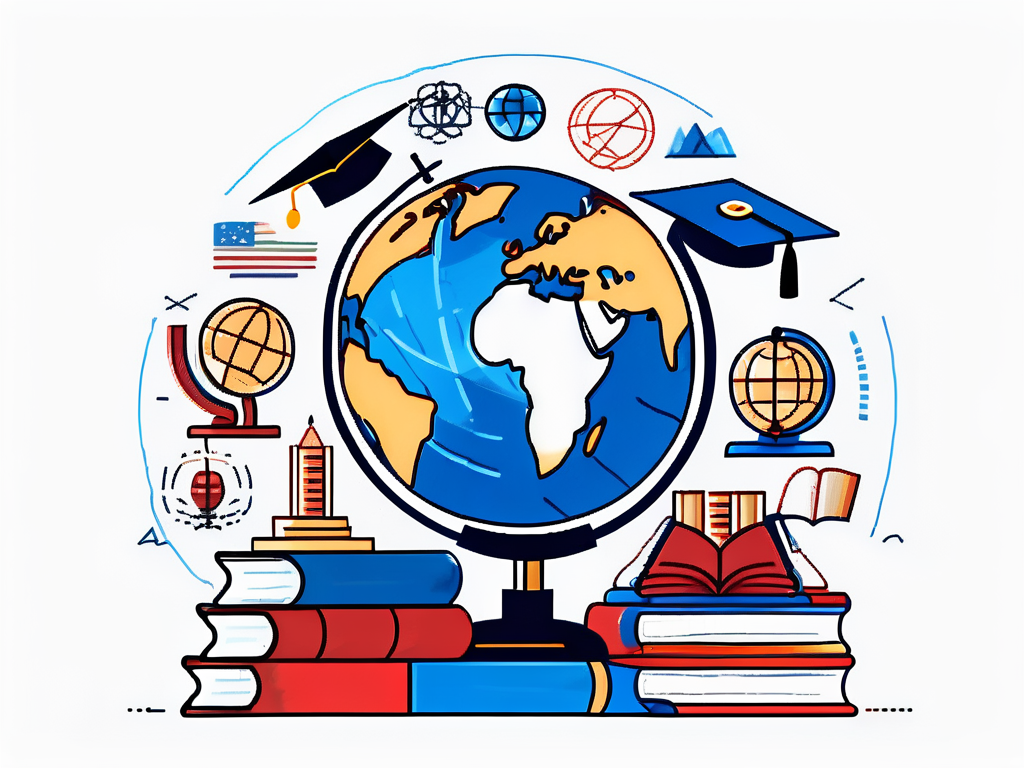
Feedback, in the context of international education, is a crucial mechanism that facilitates the exchange of information between educators and students. It is a process that involves giving constructive comments, suggestions, and evaluations to students to help them understand their strengths, identify areas for improvement, and guide them towards achieving their academic goals. Feedback is an integral part of the learning process, as it enables students to reflect on their performance, gain insights into their learning progress, and make necessary adjustments to their study strategies.
International education, on the other hand, refers to an extensive concept that encompasses various educational experiences that transcend national boundaries. It includes a wide range of programmes and initiatives such as student exchange programmes, international schools, transnational education, and globally-focused curricula. The goal of international education is to foster global citizenship, promote intercultural understanding, and prepare students for a globally interconnected world.
The Importance of Feedback in International Education
Feedback plays a vital role in international education. It serves as a bridge between educators and students from diverse cultural and educational backgrounds. By providing feedback, educators can ensure that students understand the learning objectives, meet the academic standards, and adapt to the teaching methods of different educational systems. Feedback also helps students to become active learners, as it encourages them to take responsibility for their learning, seek clarification, and engage in self-assessment.
Furthermore, feedback in international education promotes intercultural communication and understanding. It allows educators to acknowledge the diverse learning styles, expectations, and needs of international students. By giving culturally sensitive and inclusive feedback, educators can help international students to feel valued, respected, and supported in their learning journey.
Types of Feedback in International Education
There are various types of feedback used in international education, each serving a unique purpose. Formative feedback, for instance, is provided during the learning process to guide students’ progress and improve their performance. Summative feedback, on the other hand, is given at the end of a learning period to evaluate students’ overall performance and achievement.
Feedback can also be categorised based on its source. Teacher feedback is the most common type, which involves teachers giving comments, grades, or evaluations to students. Peer feedback, which involves students giving feedback to each other, is also widely used in international education to promote collaborative learning and critical thinking. Self-feedback, where students assess their own work, is encouraged to foster self-regulation and reflective learning.
Effective Feedback Practices in International Education
Effective feedback in international education is timely, specific, and constructive. It should be provided soon after the learning activity to help students remember and understand their performance. It should also be specific, focusing on particular aspects of students’ work, rather than giving general comments. Constructive feedback, which includes both positive comments and suggestions for improvement, can motivate students and guide them towards better performance.
Moreover, effective feedback should be culturally sensitive and inclusive. It should take into account the cultural backgrounds, learning styles, and language proficiency of international students. It should also encourage dialogue and interaction, allowing students to ask questions, seek clarification, and discuss their learning progress with educators.
The Role of Feedback in Student Learning Outcomes
Feedback significantly influences student learning outcomes in international education. It helps students to understand the learning objectives, meet the academic standards, and improve their performance. By receiving feedback, students can identify their strengths and weaknesses, adjust their study strategies, and enhance their learning effectiveness.
Feedback also fosters self-regulation and reflective learning. It encourages students to monitor their learning progress, evaluate their performance, and reflect on their learning experiences. This can lead to the development of lifelong learning skills, which are essential for students’ academic success and personal growth.
Feedback and Academic Achievement
Research has shown that feedback can significantly improve students’ academic achievement in international education. By providing clear, specific, and constructive feedback, educators can guide students towards better performance and higher grades. Feedback can also help students to develop effective study habits, enhance their understanding of the subject matter, and increase their confidence in their academic abilities.
Moreover, feedback can reduce the achievement gap among students from diverse backgrounds. By acknowledging the diverse learning needs and expectations of international students, culturally sensitive feedback can help all students to achieve their full academic potential.
Feedback and Personal Growth
Feedback not only contributes to academic achievement, but also promotes personal growth in international education. It helps students to develop self-awareness, resilience, and adaptability, which are crucial for their personal development and future success. By receiving feedback, students can learn to accept constructive criticism, cope with challenges, and adapt to new learning environments.
Furthermore, feedback can enhance students’ intercultural competence, a key goal of international education. By interacting with educators and peers from diverse cultures, and by receiving and giving feedback in a multicultural learning environment, students can develop their intercultural communication skills, broaden their perspectives, and become more open-minded and respectful towards cultural differences.
Challenges and Strategies in Providing Feedback in International Education
Providing feedback in international education can be challenging due to cultural differences, language barriers, and diverse learning styles and expectations. Educators may find it difficult to give feedback that is culturally sensitive, clear, and effective. Students, on the other hand, may find it hard to understand and use the feedback due to their different educational backgrounds and language proficiency.

However, there are strategies that can help to overcome these challenges. For instance, educators can learn about the cultural backgrounds and learning styles of their students, and adapt their feedback accordingly. They can also use clear language, provide examples, and use visual aids to make their feedback more understandable. Students can be encouraged to seek clarification, discuss their feedback with peers, and use feedback as a tool for self-assessment and reflective learning.
Understanding Cultural Differences
Understanding cultural differences is crucial for providing effective feedback in international education. Different cultures have different views on learning, teaching, and feedback. Some cultures value direct feedback, while others prefer indirect feedback. Some cultures focus on individual achievement, while others emphasise group cooperation. By understanding these cultural differences, educators can give feedback that is culturally sensitive and respectful.
Moreover, understanding cultural differences can help to avoid misunderstandings and conflicts in the feedback process. For instance, some students may perceive direct feedback as harsh or disrespectful, while others may find indirect feedback vague or confusing. By being aware of these cultural differences, educators can communicate their feedback in a way that is acceptable and understandable to all students.
Overcoming Language Barriers
Language barriers can pose a challenge in providing feedback in international education. Students with limited language proficiency may find it difficult to understand and use the feedback. They may also feel anxious or discouraged when receiving feedback in a foreign language.
However, there are strategies to overcome language barriers. For instance, educators can use simple and clear language, provide written feedback, and use visual aids to make their feedback more understandable. They can also provide language support, such as vocabulary lists and language workshops, to help students improve their language skills and confidence in using the feedback.
Feedback in the Digital Age: Technology and International Education
Technology has transformed the way feedback is provided in international education. With the advent of digital tools and platforms, educators can give feedback in a more timely, flexible, and interactive way. Students, on the other hand, can access and use the feedback at their own pace, in their own time, and in a way that suits their learning style.
Moreover, technology can enhance the inclusivity and accessibility of feedback. With the use of translation tools, voice recognition software, and text-to-speech applications, feedback can be made more accessible to students with diverse language proficiency and learning needs. Digital tools can also facilitate peer feedback and self-feedback, promoting collaborative and reflective learning in a virtual learning environment.
Digital Tools for Feedback
There are various digital tools that can be used for providing feedback in international education. Learning management systems, such as Moodle and Blackboard, allow educators to give feedback on assignments, quizzes, and discussions. Feedback apps, such as Kaizena and Peergrade, enable educators to give audio feedback, video feedback, and peer feedback. E-portfolio platforms, such as Mahara and Seesaw, allow students to showcase their work, receive feedback, and reflect on their learning progress.
Moreover, digital tools can enhance the quality and effectiveness of feedback. With the use of analytics and data visualization, educators can track students’ learning progress, identify their strengths and weaknesses, and provide personalized feedback. With the use of multimedia and interactive features, feedback can be made more engaging, meaningful, and memorable for students.
Challenges and Opportunities of Digital Feedback
While digital feedback offers many benefits, it also presents challenges. Some educators may lack the skills and confidence to use digital tools for feedback. Some students may lack access to technology or have limited digital literacy. There may also be issues related to privacy, security, and digital well-being in the use of digital feedback.
However, these challenges can be addressed through professional development, technical support, and digital citizenship education. Moreover, digital feedback offers opportunities for innovation and creativity in teaching and learning. By exploring and experimenting with digital tools, educators can enhance their feedback practices, engage students in the feedback process, and foster a culture of continuous learning and improvement in international education.
Conclusion
Feedback is a powerful tool in international education. It bridges the gap between educators and students, guides students towards academic success, and fosters intercultural understanding and personal growth. While providing feedback in international education can be challenging, it is also rewarding and transformative. By understanding the importance of feedback, mastering effective feedback practices, and leveraging technology, educators can make a significant impact on students’ learning journey and life journey.
As the world becomes more interconnected and diverse, the role of feedback in international education will become even more crucial. It will not only shape the way we teach and learn, but also the way we communicate, collaborate, and coexist in a global society. Therefore, it is our responsibility as educators, students, and global citizens to embrace feedback, learn from feedback, and grow through feedback in our pursuit of knowledge, understanding, and wisdom.
Take Your Teaching Career Global with IPGCE
Ready to transform your teaching career and embrace the global classroom? Join IPGCE, the UK’s #1 Teacher Training Course, and overcome the barriers that hold back many aspiring international educators. With our International Postgraduate Certificate in Education, you’ll enhance your qualifications, increase your chances for interviews, and unlock new opportunities for career advancement. Experience a 30% salary increase, connect with a vibrant professional community, and gain a deep understanding of global education systems. Our flexible online study options are designed for working teachers like you, aiming for professional growth without compromising your current commitments. Don’t let inadequate credentials or isolation limit your potential. Join the UK’s #1 Teacher Training Course today and start your journey towards international education excellence.







